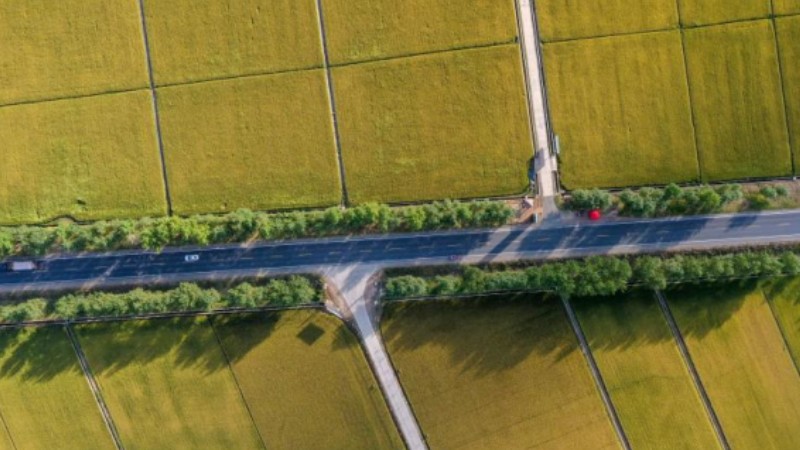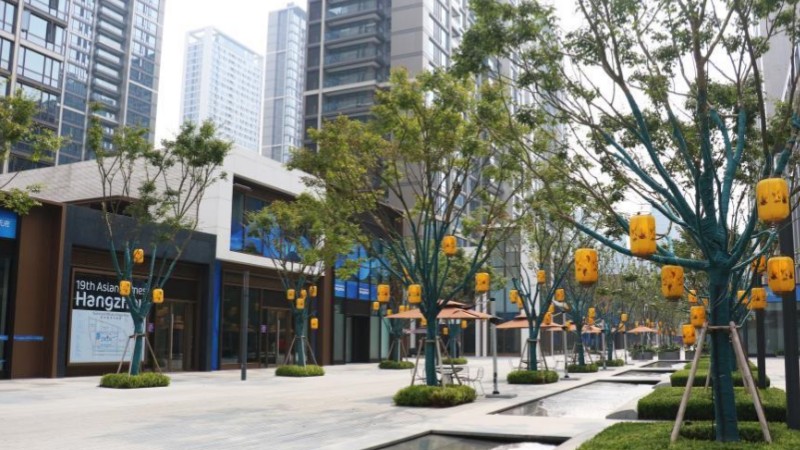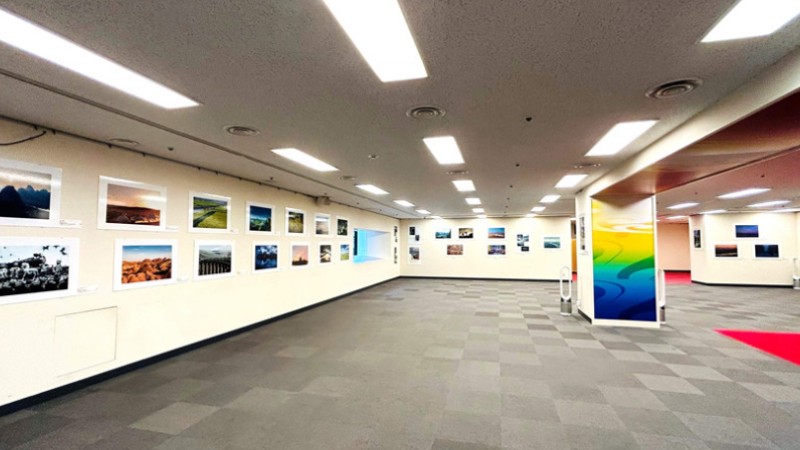Maqu wetlands in NW China see transformation due to conservation and restoration (8)
This combo photo shows technicians checking the grass degradation of a grassland (above, photo taken by Xinhua photographer Nie Jianjiang on June 9, 2011) and the grassland after restoration (below, photo taken by Xinhua photographer Chen Bin on July 6, 2023) in Ouqiang Village of Maqu County, Gannan Tibetan Autonomous Prefecture, northwest China's Gansu Province.
Located on the northeast rim of the Qinghai-Tibet Plateau, Maqu County boasts an extensive presence of grasslands and wetlands. Maqu, meaning "the Yellow River" in the Tibetan language, is the only county named after "Yellow River" in China. Covering an area of 5.62 million mu (about 374,667 hectares), the Maqu wetlands serve as an important water reserve and eco-zone in the upper reaches of the Yellow River.
However, the Maqu wetlands once suffered from shrinking lake areas, grass degradation, and decreasing water conservation capacity. In order to protect the Maqu wetlands from degrading further, Maqu County has continued to implement integrated conservation and restoration projects of its environment in recent years. The wetlands are expanding with increasing water conservation capacity, and ecological functions have been further improved as the environment restores. (Xinhua)
 |  |
Photos
Related Stories
- In pics: Tao'erhe National Wetland Park in N China's Inner Mongolia
- Scenery of Chongling National Wetland Park in central China's Hunan
- Scenery of wetland in China's Inner Mongolia
- Lhalu wetland's ecological conditions improve with conservation efforts
- Researchers conduct studies on ecosystem of Dongting Lake wetland in C China
Copyright © 2023 People's Daily Online. All Rights Reserved.










